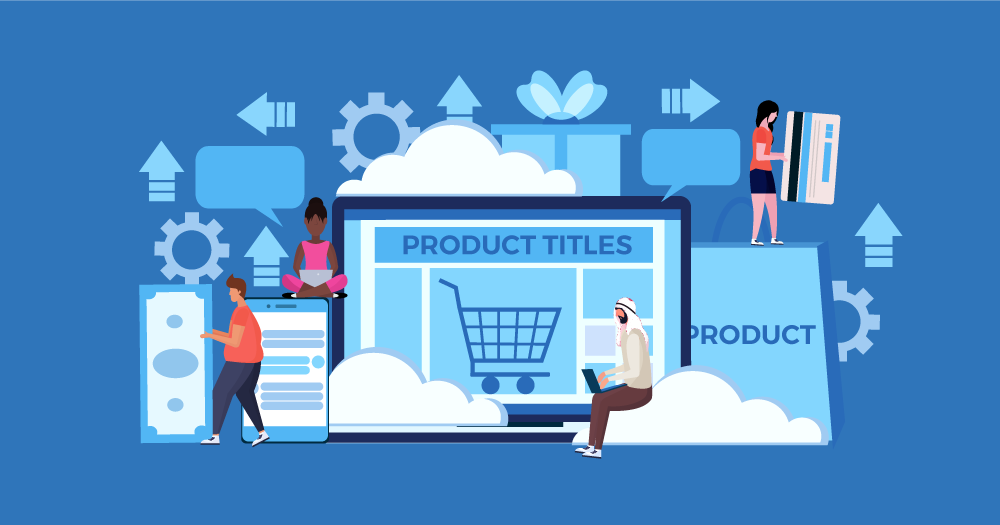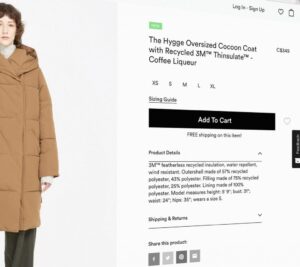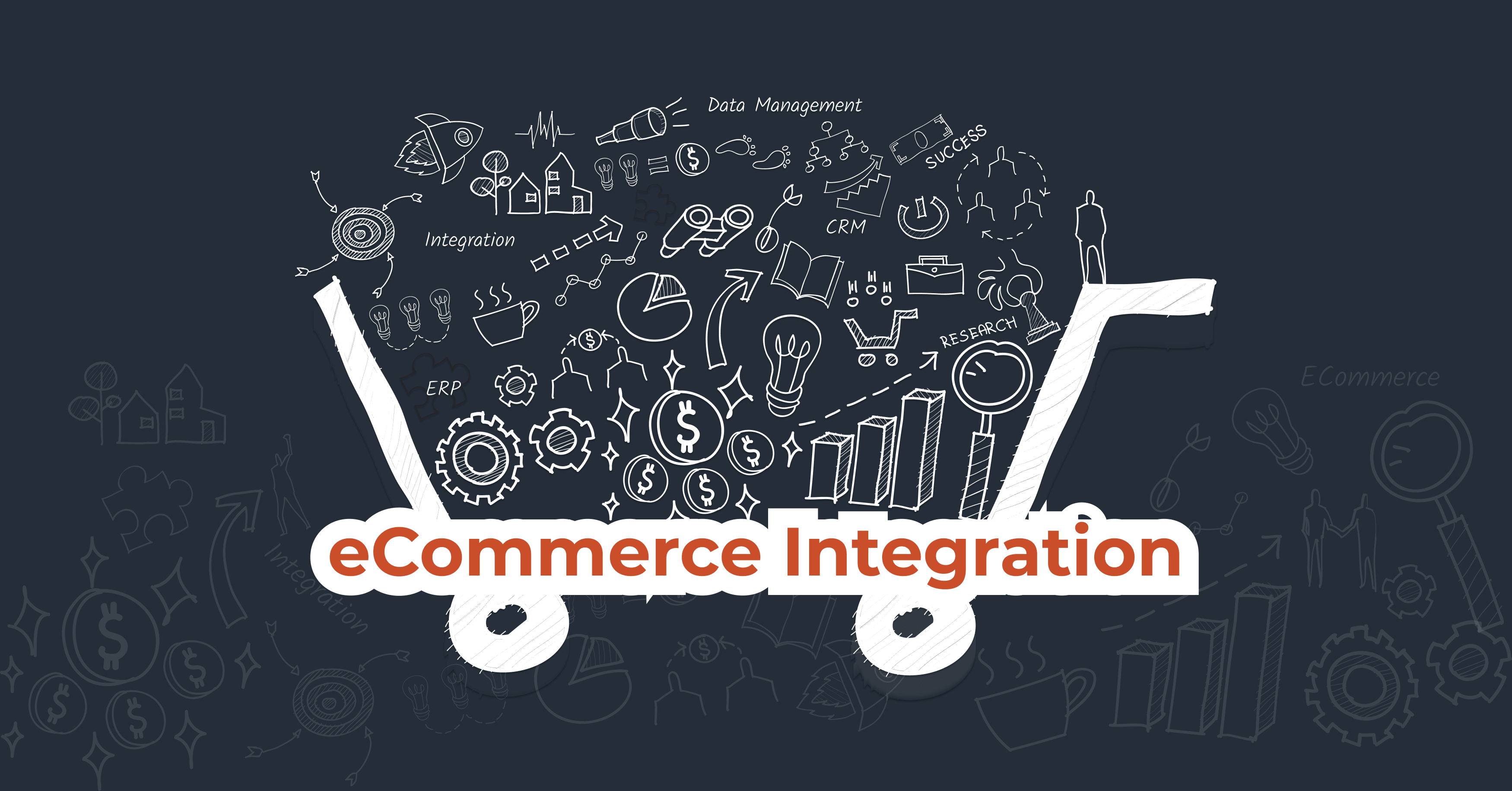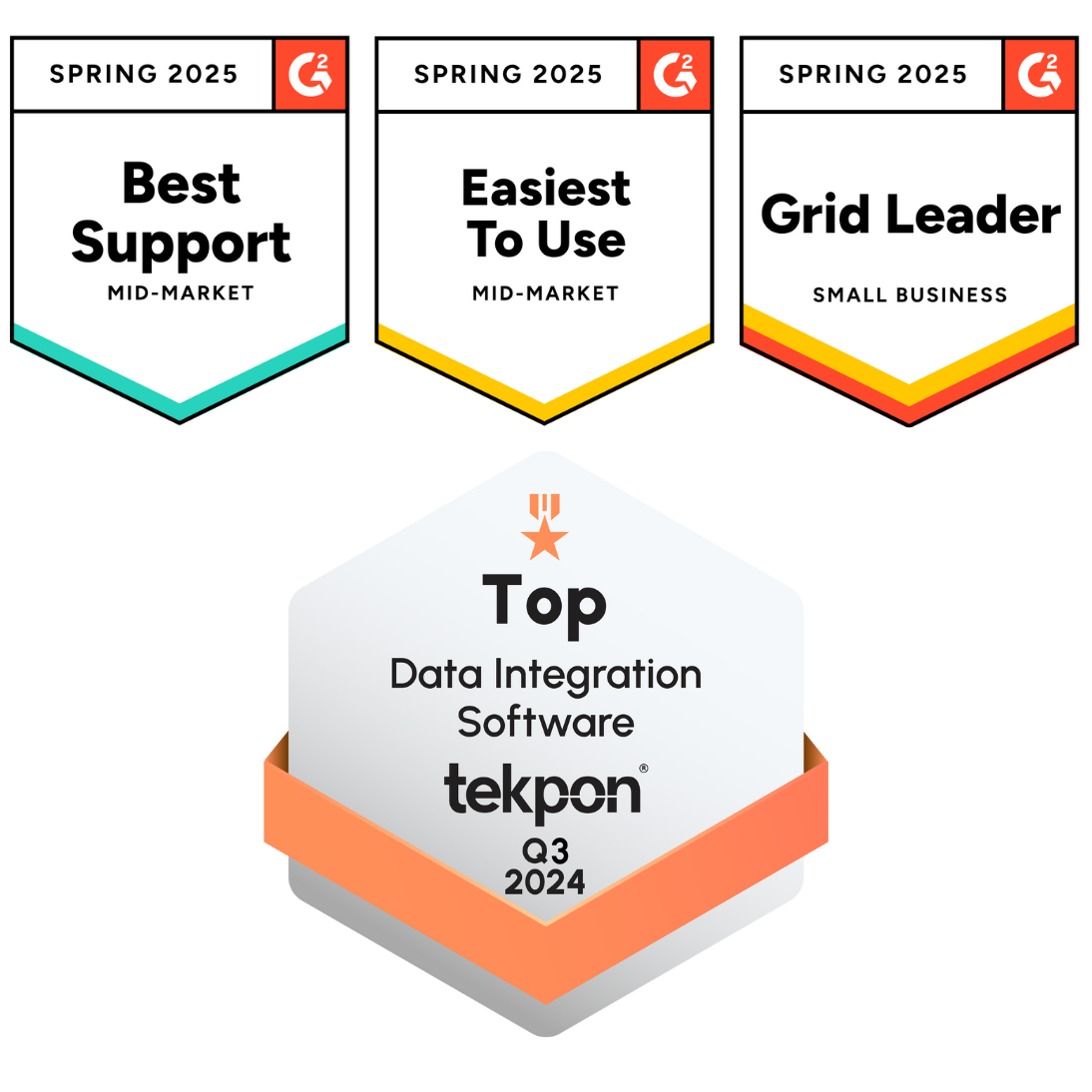An individual’s name defines their identity, and it goes the same for products as well. The more the product is described, the higher are its chances of being sold. No one would want to buy a product that lacks clarity. A product that would sell is something that has been described well. Your product’s title helps more with organic campaigns and plays a pivotal role in increasing your store’s revenue.
In this blog, we’re going to be sharing some tips that will help you showcase your products better, as well as get a hoard of customers for your eCommerce business.
If you’re an online merchant/retailer, this blog will be very useful for your business. Through this blog, one can:
- Get an understanding of what a product title is.
- Get to know how product titles work.
- Know how to create a catchy product title that is best for your eCommerce business.
- And, know how to optimize the product titles.
Why Are Product Titles Essential in Ecommerce?
A product title is something where you list your product in an eCommerce store with a title providing all the required information regarding your product, thus helping users to perceive your product better. Let’s understand the kind of impact that product titles create in eCommerce.
Customer Engagement & Conversion
 As mentioned earlier, no one would trust a product that is unclear. It should mean something to the customer by creating value in their mind. It should be compelling enough for the customer not to ignore it. For e.g.,
As mentioned earlier, no one would trust a product that is unclear. It should mean something to the customer by creating value in their mind. It should be compelling enough for the customer not to ignore it. For e.g.,
If a customer opens up to five different tabs to verify your product, there are higher chances that due to the lack of clarity, he/she may end up closing your tab.
Conversion is the primary phase of any business. You know that your product is successful when it engages well with the customer, which in turn leads to the customer becoming confident and finally purchasing the product. And, that’s where product titles come to play, thus helping you with your company’s conversion rate. This may look like a small thing to consider, but this little thing will help you reap a large number of benefits.
Psychological Matching
Product titles are a part of psychological matching, where the keyword used in the search leads to the user feeling like he/she has landed on the right page. For instance, if a user is looking for a blue leather watch and the internet server is slow, or the image file is too heavy to load, then the page will only be able to display the title of the product while the image may still be loading. This creates a sense of trust and satisfaction for the user, as to whatever he/she has been looking for has shown up correctly due to the accurate description of the product’s title, even though the image hasn’t been loaded.
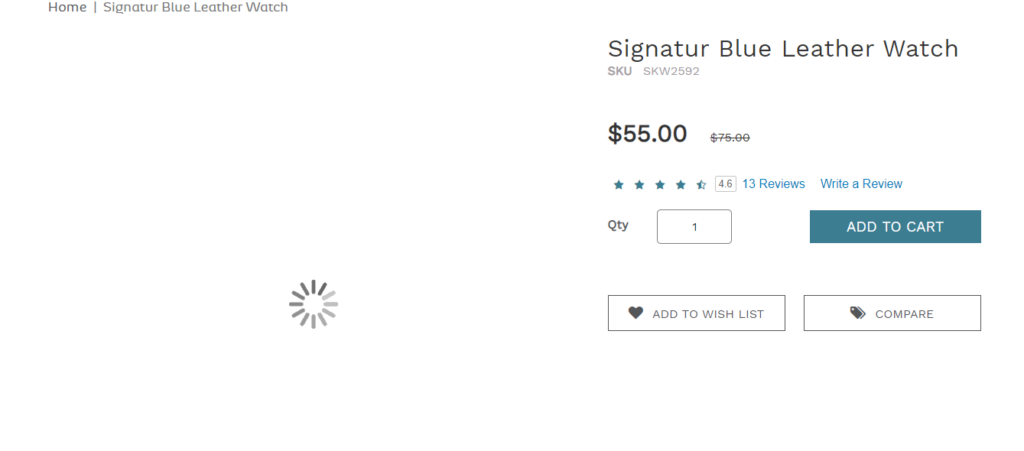 How to Write & Optimize Your Product Titles
How to Write & Optimize Your Product Titles
Words have the power to make or break anything, so using it the right way will help you in uplifting your business. Here’s how you can write and optimize your product titles:
Keep Your Titles Brief Yet Descriptive
As already mentioned, crafting an informative title brings in more value to your product than a product that hasn’t been well-described. Redundancy will hinder the performance of your product title. So, stop beating around the bush and just get to the point. Relevancy is key, and so is the length of the title, ensure to keep your titles short and simple, consisting of all the relevant details regarding your product.
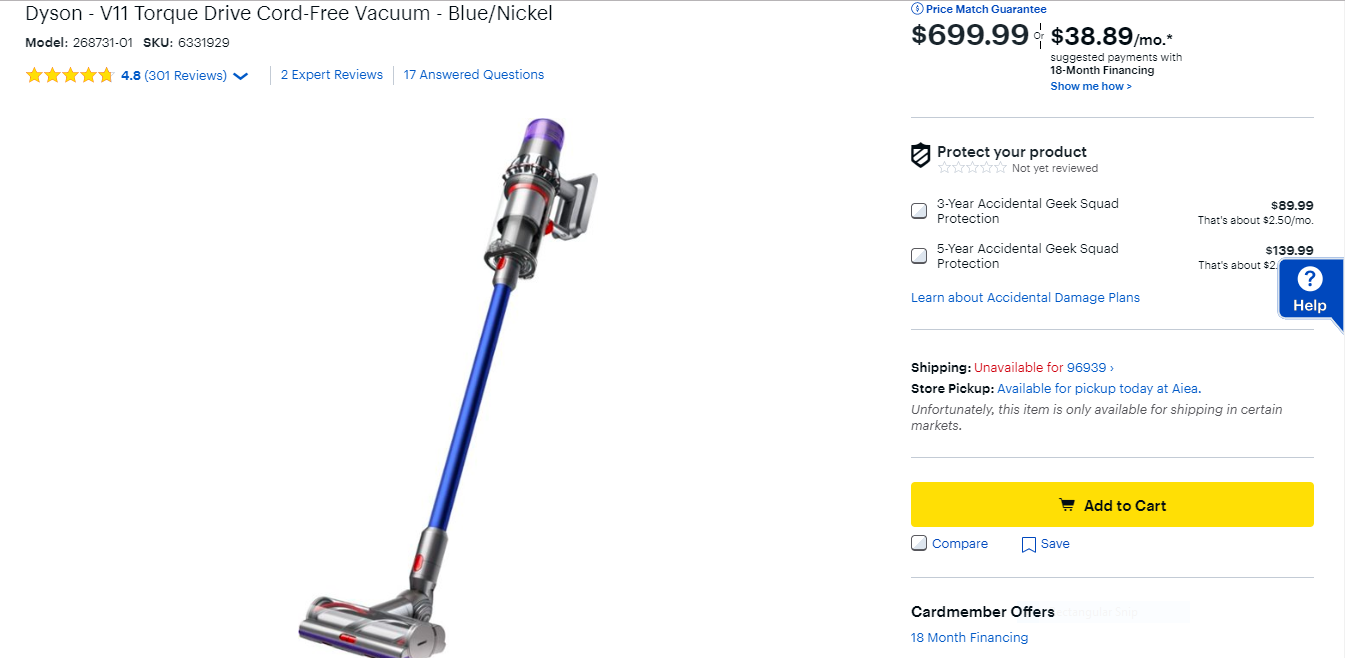 Focus on User Intent
Focus on User Intent
Know who your target audience is and to whom your product is going to set. Once you are aware of that, you can start creating titles based on what your audience will like and be attracted to. Understanding your buyer personas can help you describe your product better, as you may now be apprised of what they will be looking for.
 Integrate Keywords
Integrate Keywords
To master the product titles, you must first master your keyword strategies. Don’t ever stuff keywords, instead use the necessary keywords in regards to your product. Using the right keyword for your product title will help reach and connect with your customers in a far better way. For choosing the right keywords for your product title, we would suggest you to use SEO tools like SEMrush, Ahrefs, Google Search Console, etc.
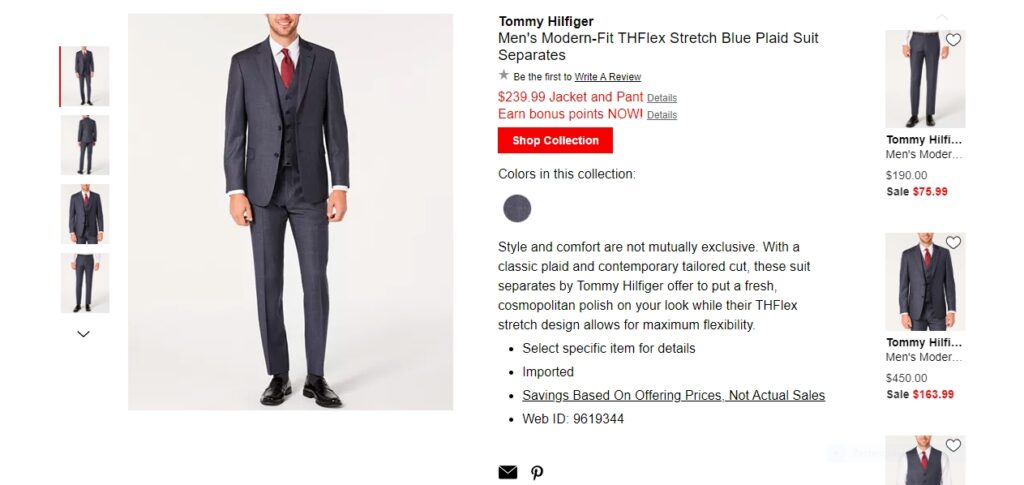 Mention the Key Attributes
Mention the Key Attributes
Your product title should be so compelling that it would be hard to ignore, and to do so, you must mention the exact details of what your product has to offer. The attributes for each product keep varying in nature. Here’s a basic format that you can follow when writing product titles:
- Name of the Brand
- Name of the Product
- Variant/Color/Flavor/Material
- Size/Quantity/Unit of Length

Mention the Features/Benefits
You shouldn’t just stop with writing the key attributes of your product; you must also mention the features and benefits that your product can provide, to entirely grab the attention of your consumer. Also, never forget to mention about the USP of your product. Mentioning these key pointers will help in displaying your product better to the customer.

Arrange the Product Titles
No matter how you phrase your product titles, it all comes down to how you arrange it. Arranging it the right way is what will get you the results you’re looking for. Frame your product title in a way that will matter the most to your customers. Choose a structure that consists of the most important details first and then continue the same with the rest.

Industry Based Product Titles – B2B vs B2C

Product titles differ based on the area your business relies on. B2B and B2C titles vary in nature. Creating the right B2B/B2C titles is a form of art. B2C titles come under all the categories mentioned above. But, there is a slight difference when it comes to writing product titles for B2B.
The two key differences when writing B2B product titles are:
- The number of pieces in the unit.
- And, the serial number of the product.

In B2B, the product titles may change based on the nature of the product (e.g., HVAC, Healthcare, Fastener, Industrial automation, etc.) Apart from this slight difference, the other strategies mentioned above for B2C for creating the right product titles applies the same for B2B as well. Such as the description and length of your product titles, arranging the titles, understanding your buyer personas, and so on.
How to Win Clicks?
To be the game changer and stay ahead of your competitors, just writing the product titles won’t help you out, you must also learn how to let them reach your customers better. To do so, you can follow the best ways mentioned below:
Search Engine Optimization (SEO)
 The eCommerce marketplace is a competitive world with new websites coming up each day. Its reach is extensive, letting you get to customers you wouldn’t even imagine. Creating catchy and search-friendly product titles that are unique, concise, and well described using the required keywords would be of great value to your business. Search Engine Optimization helps you in reaching your potential customers by bringing in traffic to your website. SEO is ever-changing, and we must keep adapting ourselves to these constant changes to be on top of the game.
The eCommerce marketplace is a competitive world with new websites coming up each day. Its reach is extensive, letting you get to customers you wouldn’t even imagine. Creating catchy and search-friendly product titles that are unique, concise, and well described using the required keywords would be of great value to your business. Search Engine Optimization helps you in reaching your potential customers by bringing in traffic to your website. SEO is ever-changing, and we must keep adapting ourselves to these constant changes to be on top of the game.
Pay-Per-Click (PPC)
Pay-per-click advertising is a form of search engine advertising that helps in generating clicks to your website instead of getting them organically. At oftentimes, the sponsored ads that you may have come across at the top of Google’s search results page marked as (Ad) within a green label, besides a company’s website, is called PPC advertising.

It is imperative for your PPC campaign to have a good design as well as running seamlessly. PPC advertising is valuable for the growth of your business, as the visits will be more worthy than what you will be paying for. Having a good product title will help in increasing the potential of your PPC campaign. But, if the product titles aren’t framed aptly, the budget will keep increasing without any conversion nor traffic, hence resulting in a significant loss for your business.
Google Merchant Center & Google Shopping
Google Merchant Center is a tool provided by Google for merchants/retailers, where their product listings can be uploaded where you can run Google Shopping Ads in Google Ads (AdWords). Google Shopping is a service provided by Google, which is an online shopping campaign that allows users to search, view, and compare products online, showing them where exactly they can purchase those products and for which price. When your product appears on Google Shopping, you will need an instructive title that is attractive to click on.
If a user searches for a product on Google Shopping, the items listed on Google Shopping would be uploaded to the Google Merchant Center. For advertising your products on Google Shopping, you will have to book the Product Listing Ads with Google, which is a paid service by Google Ads (AdWords), for which you will have to pay per click.
Product titles play a huge role in the eCommerce space. Structuring the product titles with the right set of keywords, attributes, features/benefits, and USP can be beneficial for your business. Paying constant attention to your buyer personas will help in bringing out the best out of your product titles. If you have any queries regarding this, then please feel free to leave a comment below.

